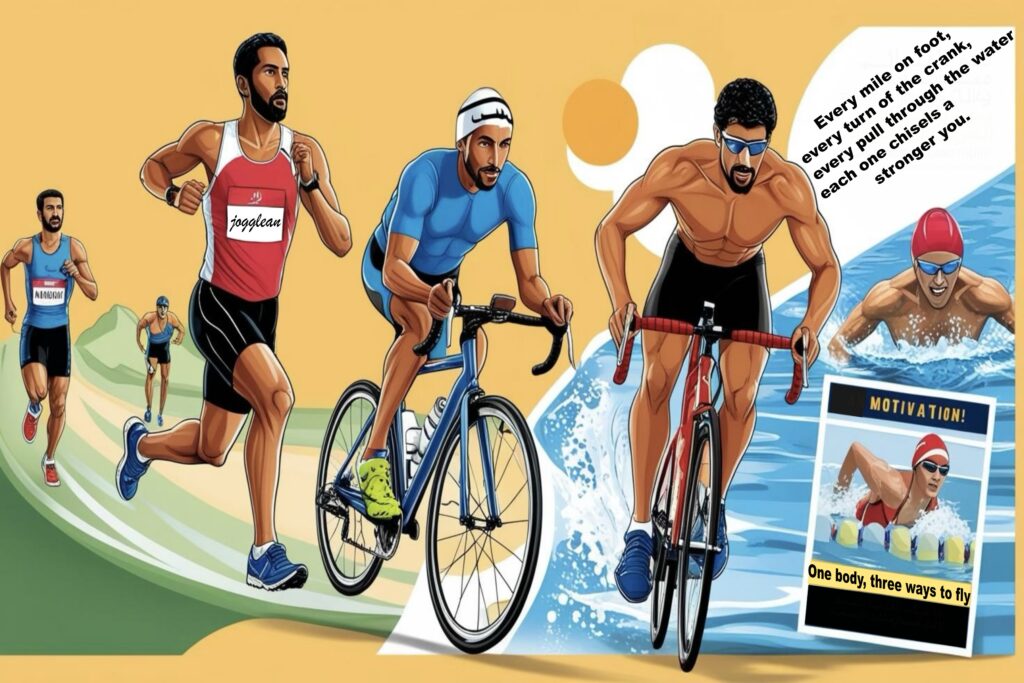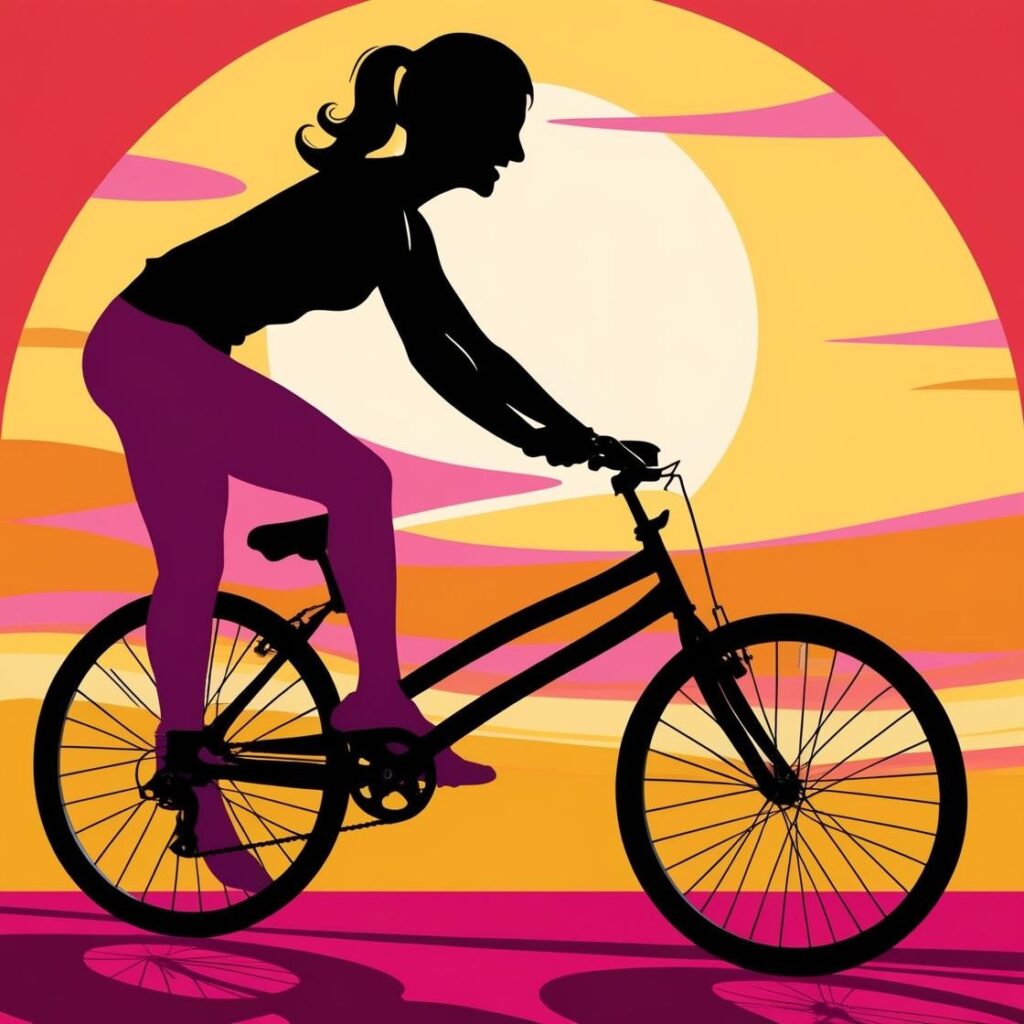Essential Cycling Gear and Maintenance
Tips for a Smoother Ride
Cycling offers a wonderful blend of exercise, freedom, and exploration—but your experience on two wheels is only as good as your gear and how well you take care of it. Whether you’re a beginner or getting back into riding, understanding the basics of cycling gear and maintenance can help you stay safe, comfortable, and confident every time you ride. This guide walks you through the essentials so you can focus more on the joy of the journey.
Must-Have Cycling Gear for Every Rider
You don’t need to spend a fortune, but there are a few key items that can make a huge difference in your ride quality and safety:
1. A Well-Fitted Helmet
Your helmet is your most important piece of gear. Make sure it fits snugly, sits level on your head, and doesn’t move when you shake your head. Look for helmets with proper certification (like CPSC in the U.S.) and replace yours every few years or after any crash.
2. Comfortable Clothing
You don’t need a full cycling kit, but clothing that’s breathable and doesn’t bunch or chafe can make a big difference. Padded bike shorts are especially helpful on longer rides, and moisture-wicking shirts keep you cool and dry.
3. Reflective Gear and Lights
Visibility is crucial. A reflective vest, ankle bands, or jacket can help cars see you, especially in low-light conditions. Use a white light in front and a red light in back—even during daytime rides—to increase your visibility.
4. Gloves and Eye Protection
Cycling gloves reduce pressure on your hands and help with grip. Sunglasses or clear glasses protect your eyes from wind, bugs, and debris.
5. Basic Tools and Repair Kit
Always carry a small saddle bag with:
- A multi-tool
- Tire levers
- A spare tube
- A patch kit
- A mini pump or CO2 inflator
These simple tools can turn a ride-stopping issue into a minor inconvenience.
6. Water Bottle and Cage
Hydration is key. Install a bottle cage and carry water, especially on warm days or longer rides. Dehydration can sneak up quickly while cycling.
Optional (But Helpful) Add-ons
- Cycling shoes and clipless pedals for more power and control (after you’re comfortable)
- Bike computer or smartphone mount for tracking distance and navigation
- Rearview mirror to stay aware of what’s behind you
- Panniers or a backpack for carrying groceries, gear, or work essentials
Bicycle Maintenance Basics
Just like a car, your bike runs better (and lasts longer) with regular care. Here’s a simple maintenance routine every cyclist should know:
1. The ABC Quick Check (before every ride)
- A = Air: Check tire pressure and inflate as needed
- B = Brakes: Make sure pads aren’t worn and that they grip the rims properly
- C = Chain: Is it clean and well-lubed?
- Quick: Ensure all quick-release levers are secure
- Check: Take a quick spin to make sure everything feels right
2. Clean Your Bike Regularly
Dust, dirt, and grime can wear down your drivetrain. Use a soft brush and bike-specific cleaner or diluted dish soap. Avoid using high-pressure hoses, which can damage bearings and components.
Focus on:
- Frame
- Chain and gears
- Brakes and rims
A clean bike not only looks great but performs better.
3. Lubricate Your Chain
Apply bike-specific chain lube to a clean chain. Wipe off any excess to avoid attracting dirt. A well-lubed chain runs smoother and helps your drivetrain last longer.
Do this every 100-200 miles, or more often in wet or dusty conditions.
4. Inspect Tires for Wear and Debris
Look for embedded glass or sharp objects. Also check tread and sidewall condition. Replace tires when they become bald or show significant damage.
5. Tighten Bolts and Check Components
Use your multi-tool to check for any loose bolts or components. Pay attention to:
- Handlebars
- Seat post
- Crank arms
- Pedals
A quick once-over every week can prevent problems on the road.
6. Get a Professional Tune-Up Occasionally
Even with regular care, it’s wise to take your bike to a shop once or twice a year for a full tune-up. They can adjust cables, true wheels, and inspect components more thoroughly.
Storage and Seasonal Tips
- Store indoors or use a waterproof cover if you keep it outside.
- Keep tires inflated to avoid flat spots.
- Lubricate chain and moving parts if storing for winter.
- Remove batteries from lights or GPS devices during long storage.
Final Thoughts: Ride Smarter, Not Harder
Great rides start with reliable gear and a well-maintained bike. Investing a little time in your equipment goes a long way toward building your confidence, improving performance, and avoiding unexpected issues on the road.
You don’t have to be a mechanic or gear expert—just consistent. The more you care for your bike and prepare for your rides, the more enjoyable and empowering your cycling journey becomes.
Keep your gear ready, your bike running smoothly, and your rides will always be one step closer to joy on two wheels.





Leave a Comment